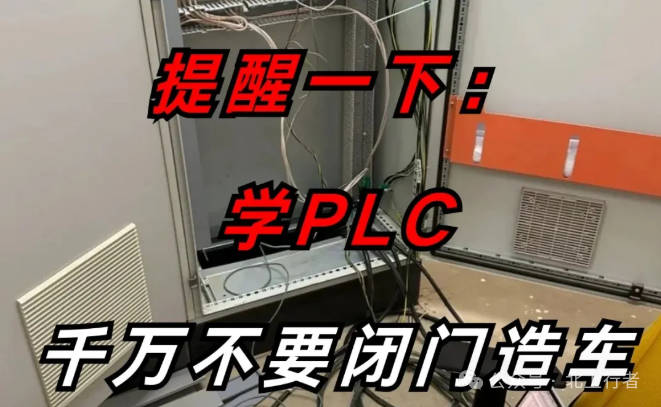

Estimated reading time: 8 minutes | Target audience: PLC engineers, automation engineers
>
🤔 Have you encountered these issues:
– Low testing efficiency in electronic factories, high labor costs?
– Testing data is difficult to trace, quality control faces numerous challenges?
– Interconnectivity of equipment is problematic, low production line collaboration?
– High investment in automation transformation, but results are unsatisfactory?
⚠️ Industry Pain Points
- 1. Low efficiency of manual testing, prone to missed tests and false tests, resulting in unstable quality
- 2. Scattered data collection, lacking a unified management platform, making full traceability difficult
- 3. Poor equipment collaboration, bottlenecks exist in the connection between workstations
🎯 Key Points of This Article
- 1. Optimization of automated testing processes, improving testing efficiency by 300%
- 2. Data collection and traceability system construction plan
- 3. Device networking and collaborative control technical implementation
▎ Step 1: System Architecture Design
Based ondistributed control systems, adopt a “master station + slave station” architecture model to achieve efficient collaboration of the testing line.
📋 Key Operations:
- Selectmedium PLC as the master controller
- Configurehigh-speed Ethernet communication module
- Establisha unified data exchange platform
💡 Expert Tip: It is recommended to useOPC UA protocol to ensure seamless interconnection between devices.
▎ Step 2: PLC Program Development
Develop an efficient and stabletesting control program based on the characteristics of electronic product testing.
📋 Key Operations:
- Establishmodular program architecture
- Implementexception handling and fault diagnosis functions
- Configuredata collection and upload module
⚠️ Note: The program must includeerror-proofing mechanisms to prevent equipment damage caused by misoperation.
▎ Step 3: Data Management System Integration
Build a completetesting data management system to achieve real-time data collection and analysis.
📋 Key Operations:
- ConfigureSQL database interface
- Establishreal-time monitoring interface
- Developdata statistical analysis functions
📊 Practical Application
A case study of the transformation of a mobile phone motherboard testing line:
- Original manual testing efficiency: 200 units/day
- Post-transformation efficiency: 800 units/day
- Yield rate improvement: 92% → 98%
- Investment recovery period: 8 months
❓ Troubleshooting
Q1: How to ensure the accuracy of testing data?
A: Usedual verification mechanisms, along withperiodic calibration procedures.
Q2: How to quickly recover from system failures?
A: Set upmulti-level fault warning, along withremote diagnosis functions.
💻 Brand Compatibility Key Points
- Siemens S7 series:Excellent communication performance, suitable for large testing lines
- Mitsubishi FX series:High cost-performance ratio, suitable for small and medium applications
- Omron CJ series:Flexible program architecture, easy to maintain
📝 Summary
- 1. System architecture is core, focus on scalability
- 2. Data management is key, ensuring full traceability
- 3. Brand selection should be compatible, considering cost-effectiveness comprehensively